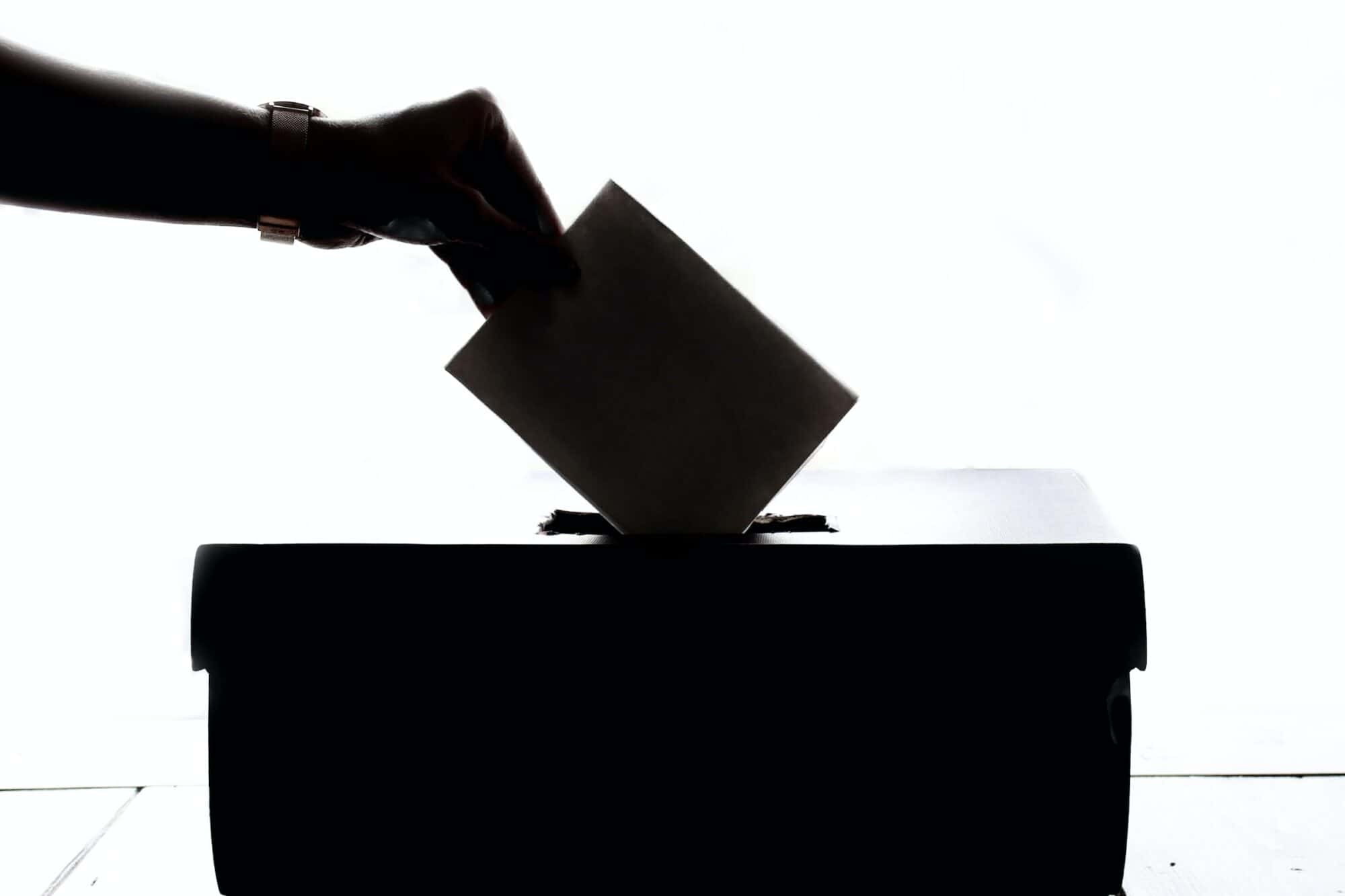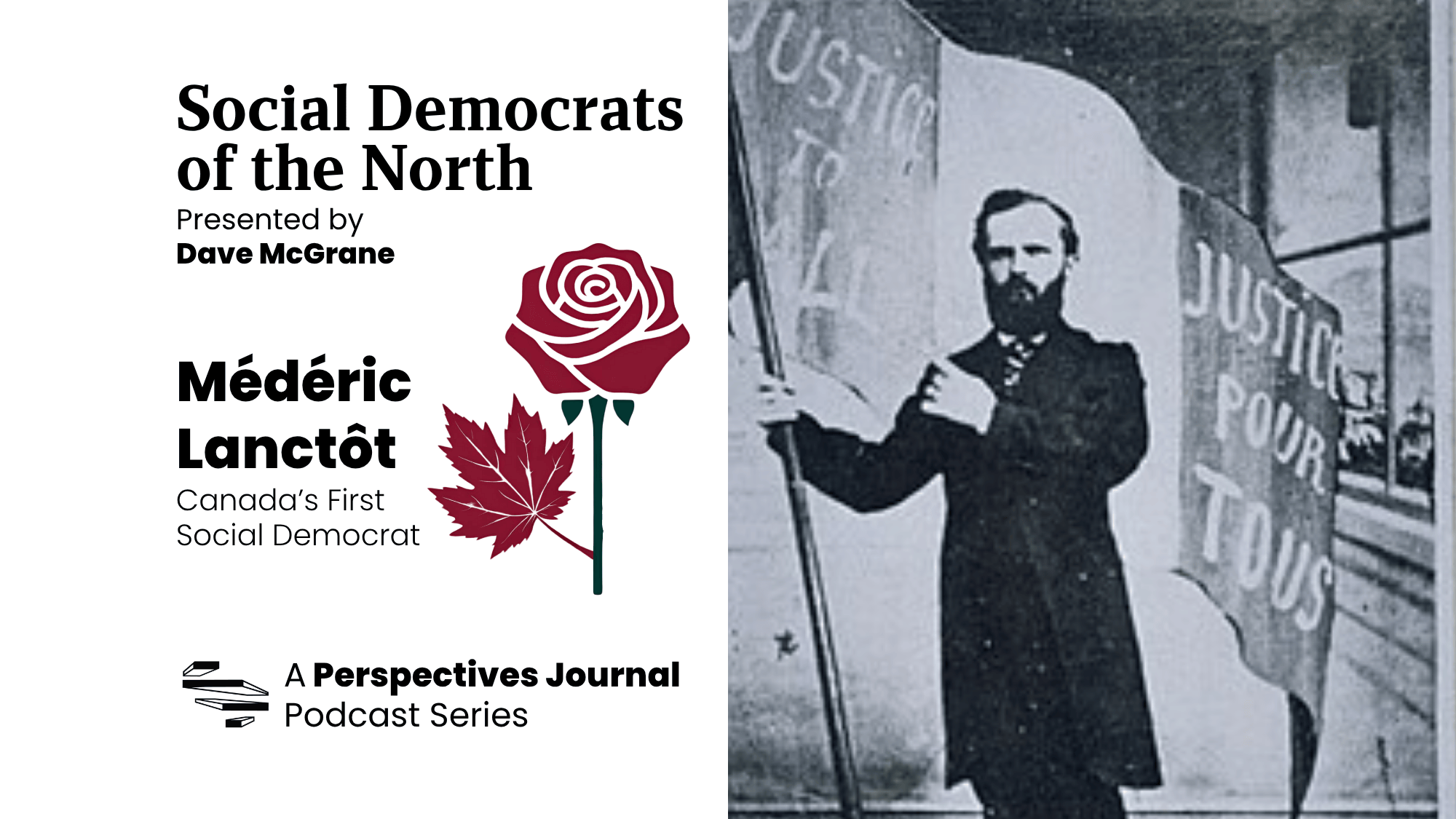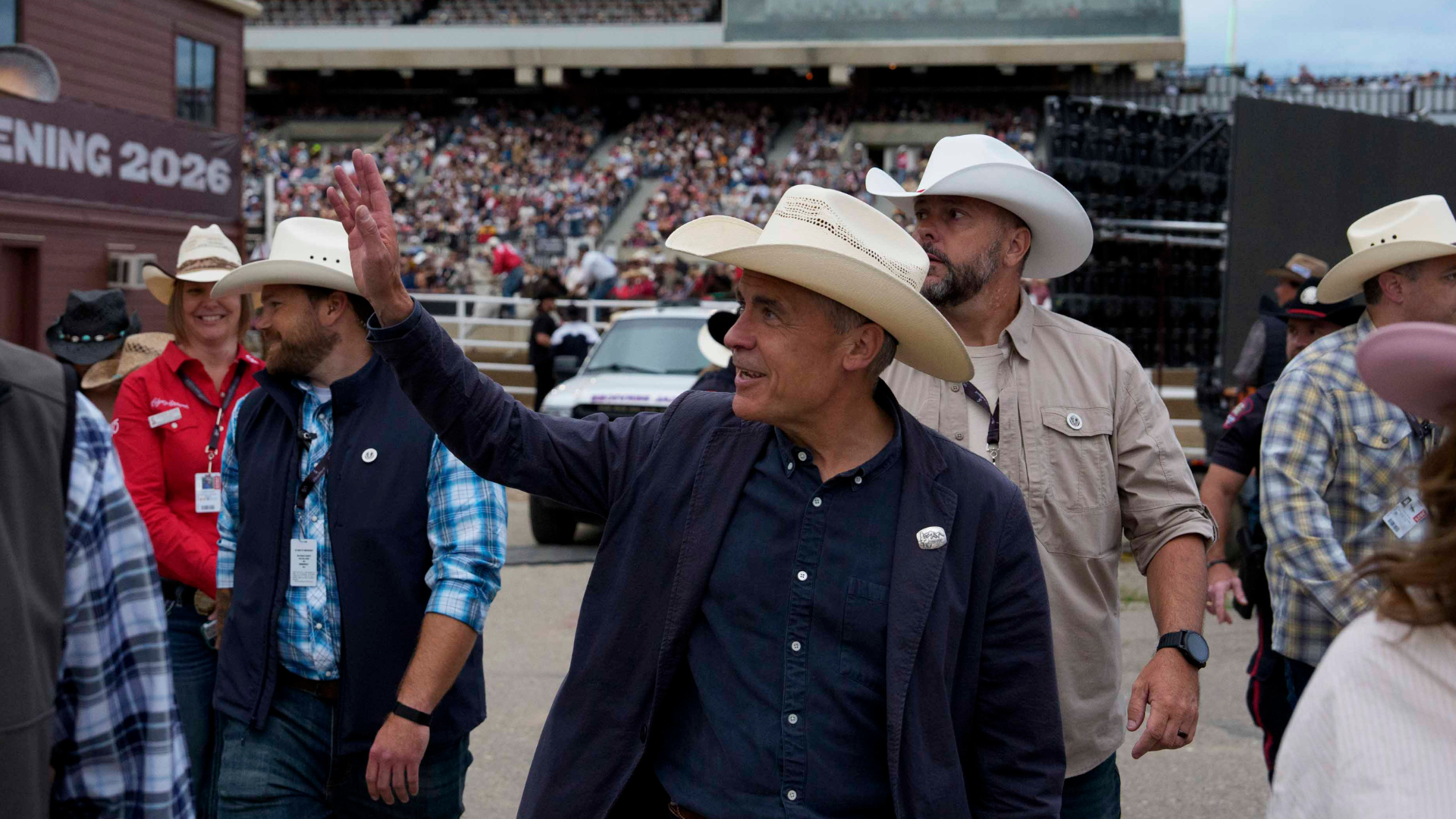On the face of it, the 2021 federal election changed very little. The party standings remain almost the same, and Prime Minister Trudeau failed in what turned out to be an ill-advised bid to gain a majority.
The left will rightly be disappointed. The pandemic and the global climate crisis provided the objective opportunity for the NDP to push for a truly radical agenda, to redraw the boundaries between democracy and the market. While the outcome could have been a great deal worse, the opportunity was missed, partly due to political timidity.
The Liberal share of the vote fell slightly to just 32.5% but they won a large plurality of seats over the Conservatives and indeed fell just 12 seats short of winning a majority. Only the vagaries and gross distortions of the first past the post electoral system saved the Liberals. The NDP won one in five votes (17.8%) but just 7.4% of the seats. First past the post also gave the Bloc Quebecois a weight in the House of Commons (33 seats) far in excess of their share of the votes (7.5%) This travesty of democratic norms demands that we revisit the cause of electoral reform.
The unpopularity of the election call in the midst of a pandemic, low voter turnout of about 61%, and the narrowness of the Liberal “win” means that the Prime Minister cannot claim a true popular mandate, though he did so on election night. That said, no one will want another election anytime soon, so the opposition parties will not have much leverage on policy in the short term. Trudeau will have no difficulty passing a Speech from the Throne and a first Budget. Still, the government will have to deal with the opposition parties on many non confidence issues and will not control the agenda of the House of Commons and the work of committees.
The government’s immediate priorities were laid out in the last Budget and the Liberal platform. They certainly include some positive actions on child care, health care, housing and climate change. But progressive if modest ambitions will be constrained by the strong influence of the right of centre Liberals, corporate Canada and the Department of Finance who oppose higher taxes on the rich and big business, oppose big new spending programs, and want to move back towards a more balanced budget.
Let us not forget that the Liberals wanted a majority so as to resist demands from the left to expand public health care and to deal more seriously with climate change and reconciliation, and to truly “move forward.”
Despite Opposition Leader Erin O’Toole’s rather unconvincing attempt to position his party closer to the centre, the Conservatives failed to make net gains on top of their core one third (34%) share of the vote and a plurality of seats. They even lost a bit of ground in Fortress Alberta and in suburban Greater Toronto and the Lower Mainland of BC. With the breakaway right wing People’s Party of Canada taking 5% of the vote, at least partly at the expense of the Conservatives, the party will need to debate and resolve what they stand for and may experience a serious split.
Bernier’s limited success may prove to be a blip. But there is a possibility that it will embolden the far right and create an institutional toehold for them within the party system. One can imagine some Conservatives defecting to the PPC if Erin o’Toole remains as Conservative leader.
Given the unpopularity of the election call and of Justin Trudeau, the NDP had some momentum going into the campaign. Working in their favour was the personal popularity of Jagmeet Singh, successful fundraising before and during the election, a generally well executed campaign, many excellent candidates and lots of enthusiastic volunteers. Until just before election day, the NDP were widely expected to make gains, perhaps winning more than 20% of the vote and picking up perhaps a dozen seats.
The gains unfortunately proved to be very limited: an increase in the NDP share of the popular vote from 16.0% to 17.7% (even as the green vote disintegrated), and a net gain of just one seat. While the NDP will likely be the Liberals’ preferred dancing partner in a minority government situation, they will, as noted, have only limited leverage and the overall balance of political forces has not shifted.
Factors weighing on the NDP seem to have been low turnout, especially of the young and marginalized, and the now common last minute shift of some potential NDP voters to the Liberals out of fear of a shift to the Conservatives, NDP strength remains very limited in entire regions and provinces, as well as in the growing suburbs and outer suburbs of big cities. The albatross that the NDP continues to bear is that it is seen as the party of principle and opposition, not as a potential government party.
The NDP ran a classic social democratic campaign calling for a serious, ambitious and well thought out fair tax agenda to fund a major expansion of public services and social programs, with a major focus on public health care, affordable housing and climate justice. The campaign seemed to be successful and was, no small thing, very warmly supported by party activists. Jagmeet Singh seems likely to lead a united caucus and party.
In a more critical vein, there was a slight tendency to present the NDP as being more sincerely committed than the Liberals to a shared progressive agenda, as opposed to sharply distinguishing and contrasting the NDP and Liberal platforms.This may have contributed to the small shift of votes from the NDP to the Liberals just before the election.
The Liberals for their part claimed to be the more progressive party, particularly on climate issues. This is nonsense. As Singh argued, the Liberals have failed to reduce emissions to date and have continued to support fossil fuel development and exports. But the NDP platform failed to clearly set out the similarities and differences between the two parties in dealing with climate change. The platform specified a wide range of green job creating public investments but did not stress NDP support for a rising carbon tax, allowing the Liberals to claim that they had the better overall plan.
Despite calling for an end to subsidies, the NDP did not clearly support a planned phasing out of oil and gas production and exports together with policies of just transition as advocated by the climate justice movement and the many young activists who participated in the NDP local campaigns.
In a similar vein, the NDP platform could have been more focused on a big social housing program, as opposed to tweaks to help first home buyers, and could have said a lot more about income security reform and unemployment insurance coverage for precarious and vulnerable workers.
Now that the election is behind us, the left should focus on developing and mobilizing for an even bolder policy agenda. This will have to involve both the caucus and activists, and initiating campaigns long before the next visit to the polls.
Thanks to Emma Jackson for her comments.





